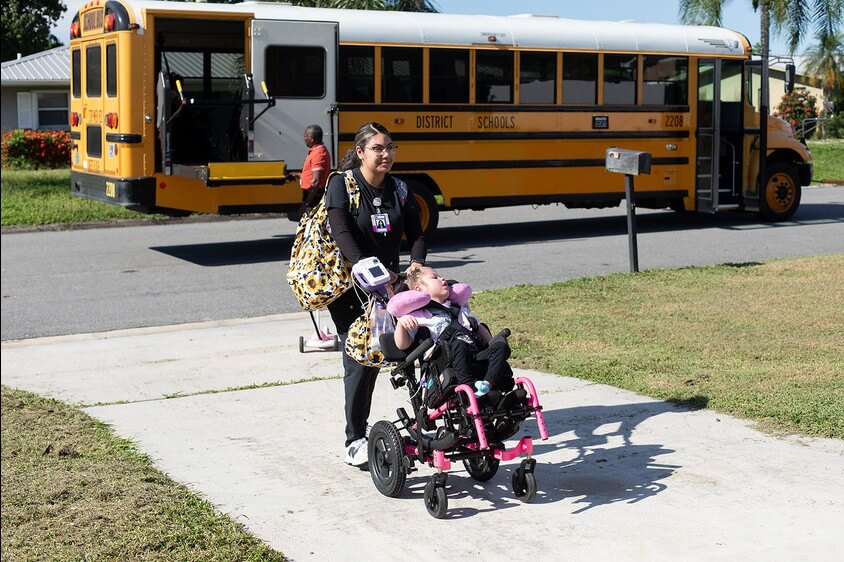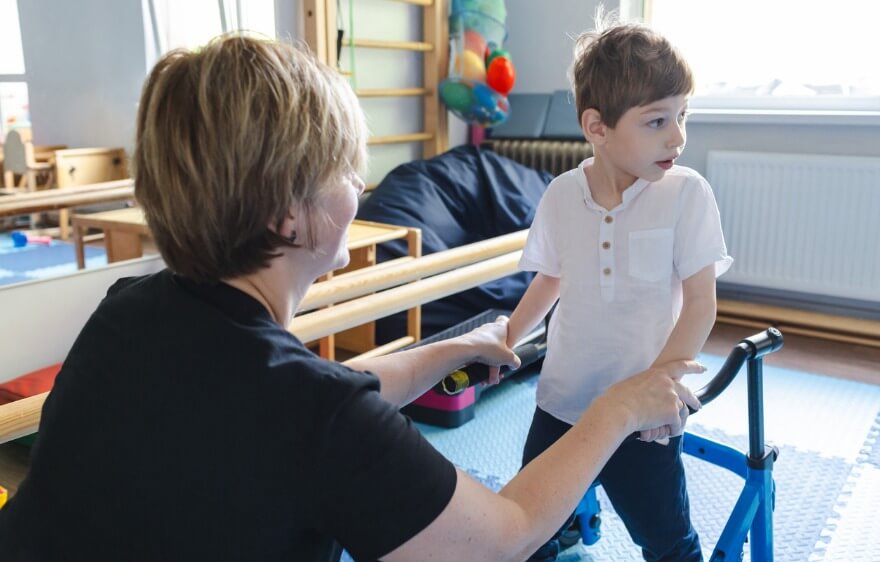Gah! It’s Research Tuesday again! Funny how it happens every single month right around the same time, and yet it always sneaks up on me. I chose an article that’s almost a year old this month, but I really liked the subject matter and hey, it’s not that old, right? Right. So, on with it already!
The Question: The authors were curious about the receptive vocabulary growth trajectories for young Spanish-speaking English Language Learners (ELLs) from low Socio-Economic Status (SES), migrant family homes.
The Method: The authors attempted to study 111 preschool and kindergarten students enrolled in the Panhandle Area Education Consortium (PAEC) for Migrant Education, all of whom were ELL and from families with parents registered as migrant workers. Due to the nature of the population, only 64 students were present for more than one evaluation session, and that is the final number of children studied. Each of those 64 children were tested using the Peabody Picture Vocabulary Test-4 (PPVT), the Expressive One-Word Picture Vocabulary Test—Spanish Bilingual Edition, and the Test de Vocabulario en Imagenes Peabody (TVIP) at 6- to 12- month intervals until they completed 2nd grade. The results of these assessments were put through a variety of statistical analyses and growth curve models. In addition, parent surveys regarding parental education levels and home language use were conducted via phone. Finally, a Language Environmental Analysis (LENA) device was used to analyze the language environment in the classroom.
The Results: Overall, the participants demonstrated significantly lower vocabulary skills than their same-aged, non-migrant, and non-ELL peers. They also demonstrated significant growth in their English receptive vocabulary skills between kindergarten and second grade. Additionally, the researchers correlated initial performance in L1 to overall vocabulary growth in L2, suggesting that L1 proficiency is linked to ease and success acquisition of L2, regardless of other factors such as classroom design. The results of the L1 kindergarten scores were, in fact, predictive of the L2 vocabulary acquisition rate. Strong L1 skills (including the richness of language at home) were a reliable tool for predicting students at risk for later difficulties related to L2 vocabulary acquisition. Finally, there was a decline in L1 standard scores over time, which is typical of most ELL students.
The Take-Away: This was the sort of study you read and go, “Well, yeah. Of course. That all makes sense.” In a way, though, those are the best kinds of studies because they help solidify my thinking about how I do things and bring that critical evidence base to my practice. It also brings up the familiar questions surrounding best practices with ELLs (always, always do a dynamic assessment!), and the familiar frustrations around poor implementation of those practices. But I can imagine a program that used preschool vocabulary assessments to make data-driven decisions about students needing intensive vocabulary enrichment. And then an SLP and teacher co-intervening, with ongoing progress monitoring, and a home program and . . . le sigh. Guess I’ll file that away in my “Programs to Set-Up When I Win the Lottery” file 🙂 And speaking of, if you won the lottery, what sort of program would you fund??





